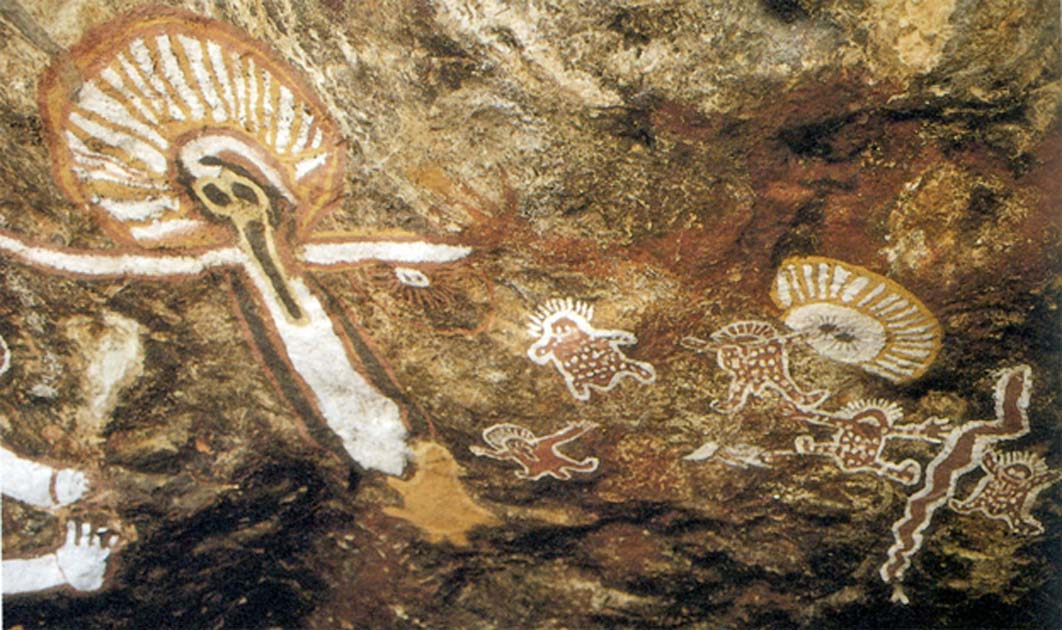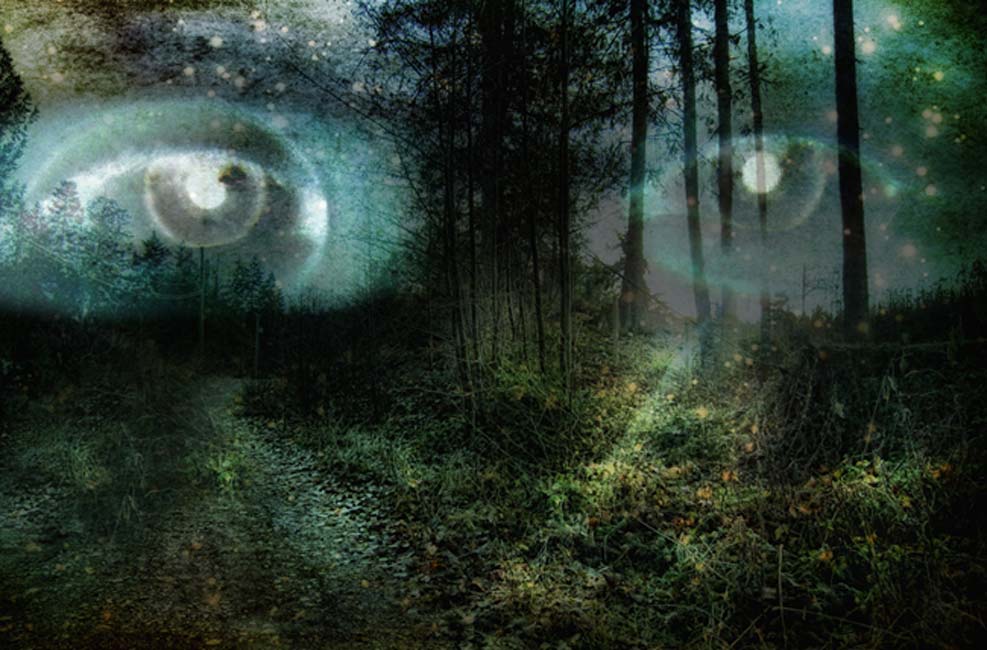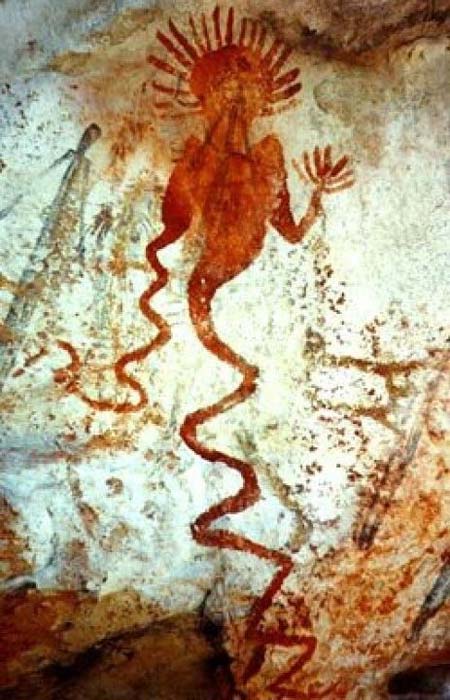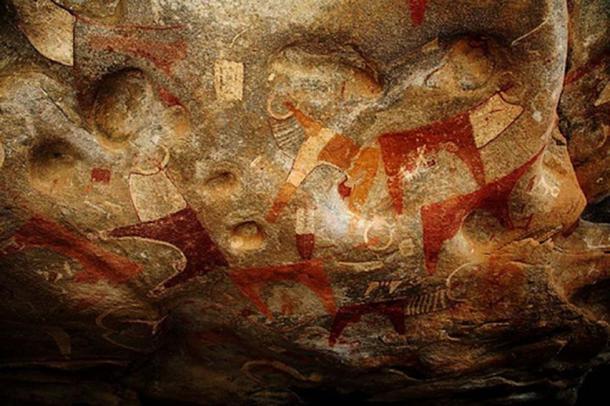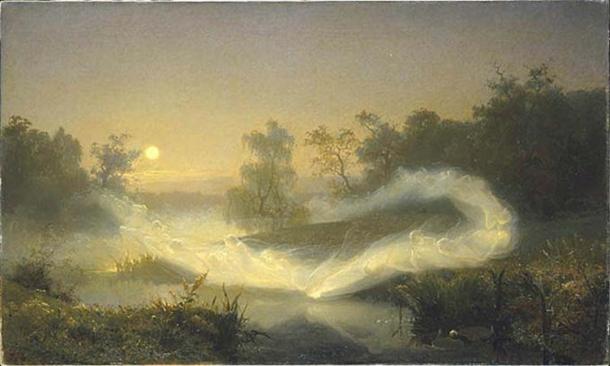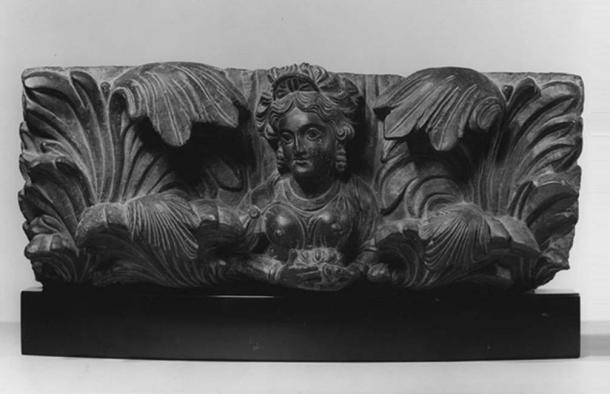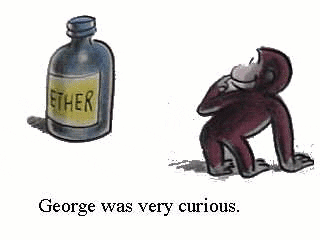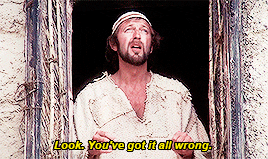Skarekrow
~~DEVIL~~
- MBTI
- Ni-INFJ-A
- Enneagram
- Warlock
The faeries appear in folklore from all over the world as metaphysical beings, who, given the right conditions, are able to interact with the physical world. They’re known by many names but there is a conformity to what they represent, and perhaps also to their origins.
From the Huldufólk in Iceland to the Tuatha Dé Danann in Ireland, and the Manitou of Native Americans, these are apparently intelligent entities that live unseen beside us, until their occasional manifestations in this world become encoded into our cultures through folktales, anecdotes and testimonies.
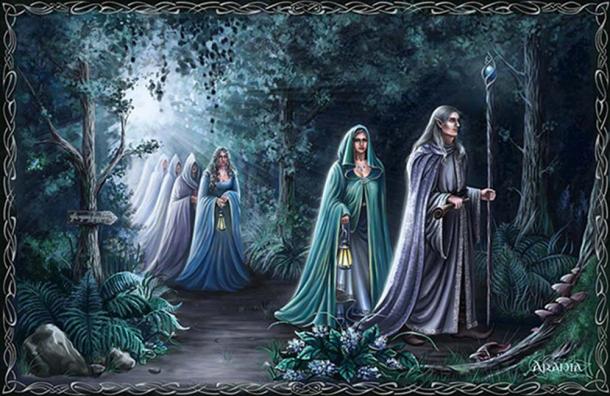
Middle-Earth-like elves by artist
In his 1691 treatise on the faeries of Aberfoyle, Scotland, the Reverend Robert Kirk suggested they represented a Secret Commonwealth, living in a parallel reality to ours, with a civilization and morals of their own, only visible to seers and clairvoyants.
His assessment fits well with both folktale motifs, and some modern theories about their ancient origins and how they have permeated the collective human consciousness.
So who are the faeries, where do they come from…and what do they want?
Faerie-tales
“Myth is a story that implies a certain way of interpreting consensus reality so to derive meaning and effective charge from its images and interactions.
As such, it can take many forms: fables, religion and folklore, but also formal philosophical systems and scientific theories.”
- Bernardo Kastrup, More Than Allegory: On religious myth, truth and belief (2016).
Faerie-tales are a type of mythology; explanations of human and environmental phenomena, usually set at an indeterminate time in the past.
Most faerie-tales are never one-offs, but seem to cluster as a single form from many sources, which are dispersed geographically and chronologically.
In Europe and America, they were mostly collected by folklorists in the 19th and early-20th centuries, from both oral and written sources, and then disseminated from there.
Many were incorporated into the folklorists’ bible, the Aarne-Thompson catalogues of folktale types and motifs, which were first put together in 1910 by the Finnish folklorist Antti Aarne, and completed by Stith Thompson in 1958.
They consist of several doorstop volumes, which index every conceivable story type and motif from around the world.
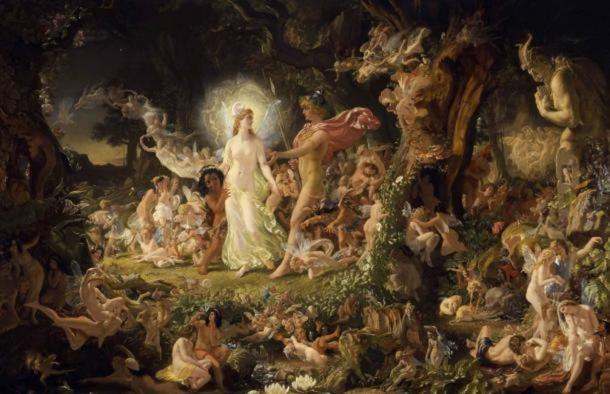
‘The Quarrel of Oberon and Titania’ by Noel Paton
It’s been suggested that the catalogues actually codify every human experience, distilled into story; an index of our collective memory as a species, realized through the medium of mythology.
Amidst the catalogues are the story types classed as faerie-tales, each containing hundreds of separate motifs; they are the descriptors of a vast array of myth.
These are not simple tales told to pass the long winter nights (although that was always one use for them), but rather, they are sophisticated tools that can be used to interpret human experience and to help understand the reality we find ourselves in.
One common faerie-tale motif, for instance, is the suspension of time when a mortal visits faerieland.
A nice example is the Irish story of Oisín, a poet of the Feinn.
After falling asleep under an ash tree he awakes to find Niamh, the shape-shifting Queen of Tir na n’Og, the land of perpetual youth, summoning him to join her in her realm as her husband.
He agrees and finds himself living in a paradise of perpetual summer, where all good things abound, and where time and death hold no sway.
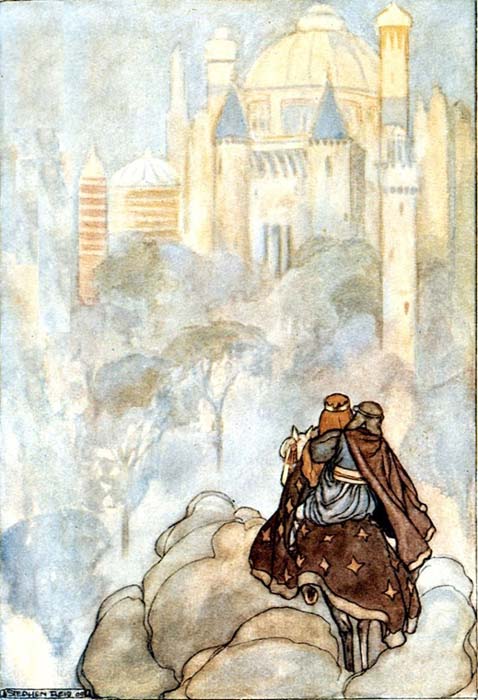
Oisín and Niamh travelling to Tír na nÓg.
But soon he breaks a taboo of standing on a broad flat stone, from where he is able to view the Ireland he left behind.
It has changed for the worse, and he begs Niamh to give him leave to return.
She reluctantly agrees, but asks that he return after only one day with the mortals.
She supplies him with a black horse, which he is not to dismount, and ‘gifted him with wisdom and knowledge far surpassing that of men.’
Once back in Ireland he realizes that decades have passed and that he is no longer recognized or known of.
Inevitably, he dismounts his horse and immediately his youth is gone and he becomes an enfeebled old man with nothing but his immortal wisdom.
There is no returning to the faerieland of the Tir na n’Og.
In other variations of the story, the hero turns to dust as soon as his feet touch the ground of consensus reality.
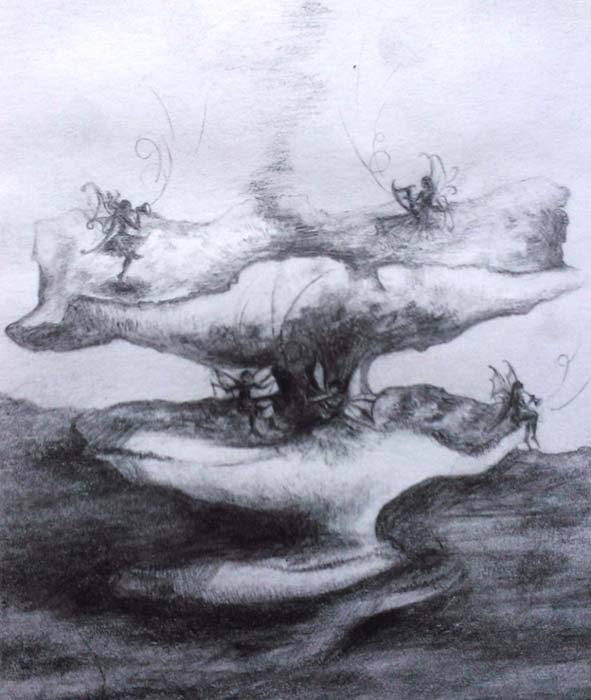
The faeries as elementals
This important and widespread folktale motif seems to suggest that faerieland is the world of the dead, immune from the passage of time, and that return to the world of the living is not possible as the mortal body has aged and decayed in line with the physical laws of this world.
In the Japanese tale of Urashima Taro, the hero, when returning home, is even given a casket by his faerie bride, in which his years are locked.
When he opens it, his time is up.
These stories articulate a belief in an otherworld that is never heaven, but is apparently ruled over by a race of immortals who can exert control over the consciousness of an individual, who may believe themselves to still be in human form, but are actually already dead and existing in non-material form.
It is ultimately the place where the faeries come from; a place untouched by the passage of time and physical death.
It could even represent the collective consciousness of humanity made into an understandable form in the stories, immortal in nature and containing all wisdom and knowledge, as suggested in the Oisín tale.
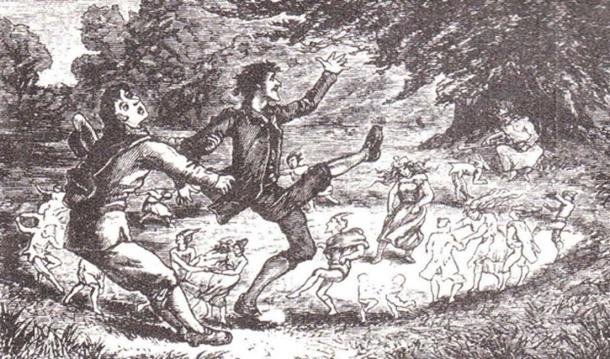
19th-century woodcut demonstrating the dangers of entering the faerie ring.
This might be explained by seeing folktales of this type as representing a surviving pagan belief system of the afterlife.
This afterlife did not follow the strictures of Christianity or other world religions, and provided an alternative view of what happens to consciousness after death.
It is a view that was (in the West) superseded by Christian theology, but that may be surfacing in these folktales as remnants of the previous system of belief (a belief system that remained partially intact but operated underground for fear of religious persecution).
The presence of faeries in this otherworld, and their ability to materialize in standard reality, suggests that they were an essential element in pagan ideas about consciousness and that they had a role to play when it came to death.
In this theory the characters in the story play the part of messengers, telling us about the true nature of a timeless reality that is distinct and separate from consensus reality, and showing us that human consciousness disassociates from the physical body to exist in a parallel reality such as Tir na n’Og, where the faeries are in charge.
This message is encoded in the stories.
Real Faeries and Shaman Spirits
However, it’s not possible to reduce the origin of the faeries only to abstract mythological themes.
Their appearance in folklore often takes the form of witness testimonies or anecdotes, continuing to the present day.
They take a myriad of different forms— leprechauns, sylphs, brownies, pixies, even aliens in a technologically updated version of their form— but they are portrayed as real entities, making appearances in this world from their own.
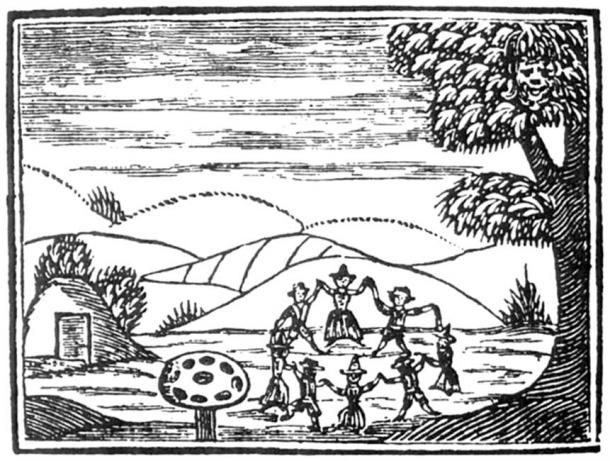
17th-century English woodcut showing faeries dancing in a ring, with hollow hill, amanita muscaria mushroom and 'spirit face' in the tree.
They lure people into their magical dancing rings, abduct children and adults, play tricks on the unwary, process in faerie funeral corteges, and generally disport themselves with a sense of mischievous, and sometimes malevolent, immorality.
There are countless descriptions of their metaphysical presence in our world, throughout time, playing a part in human culture, always liminal, but constantly present as far back as folklore stretches.

